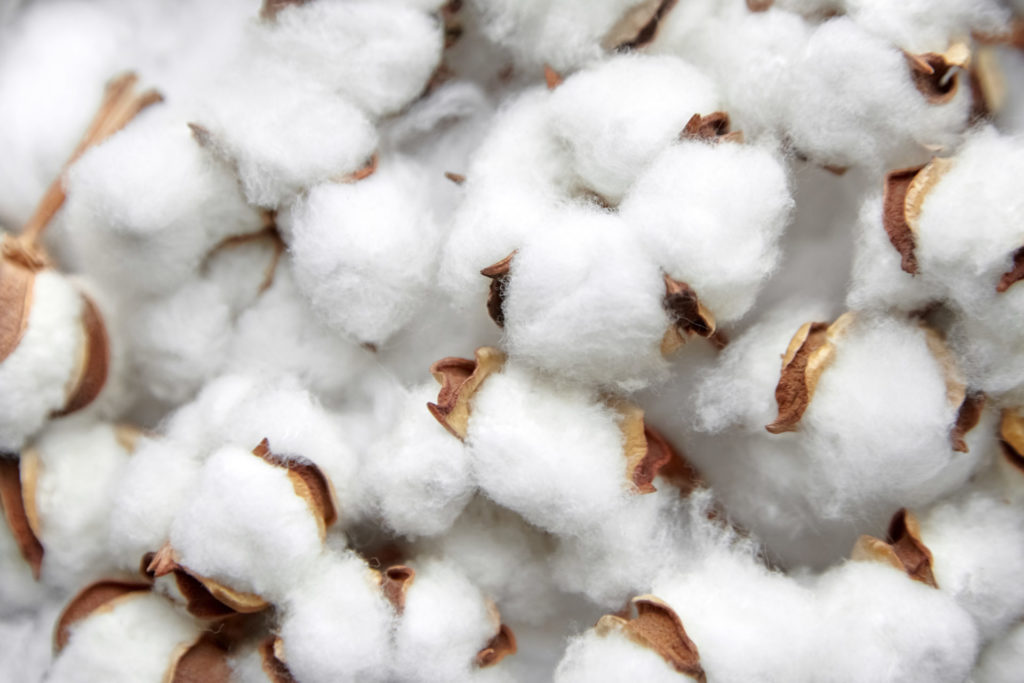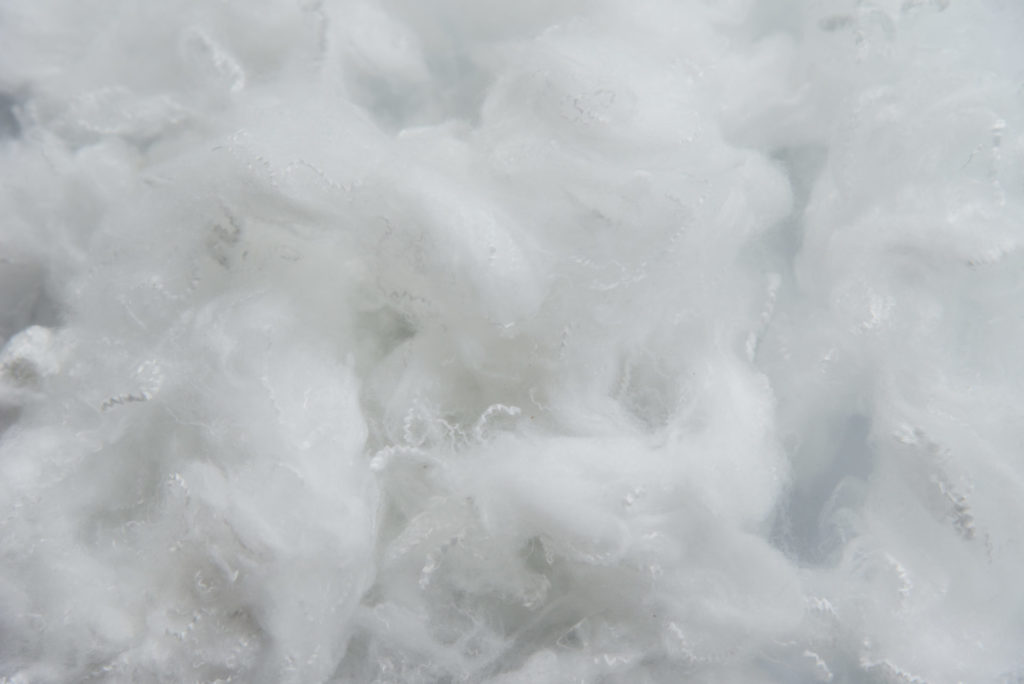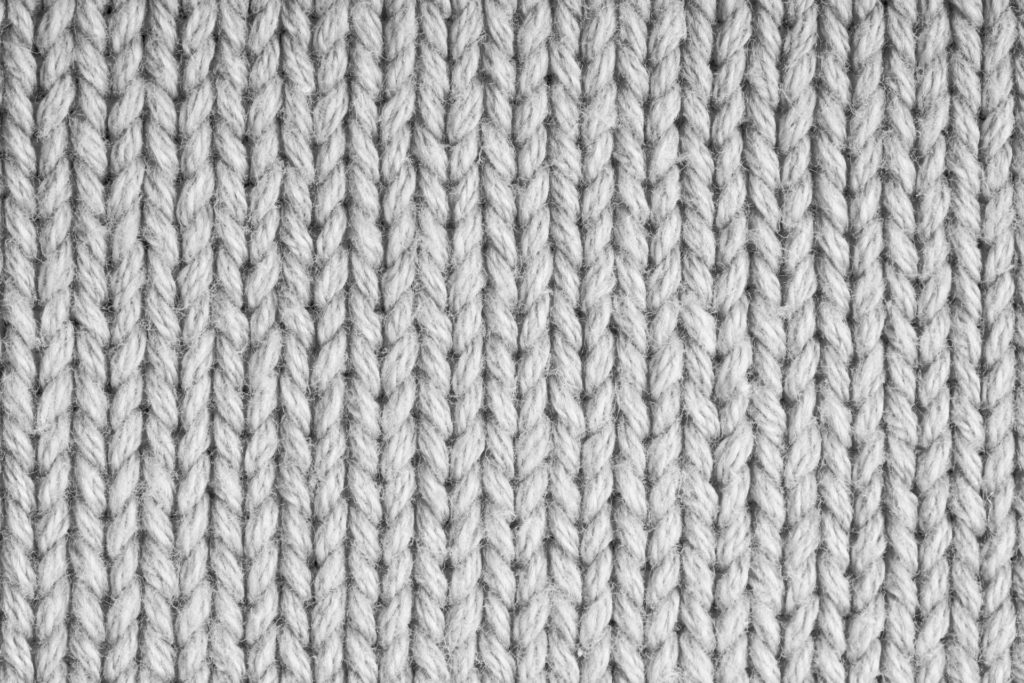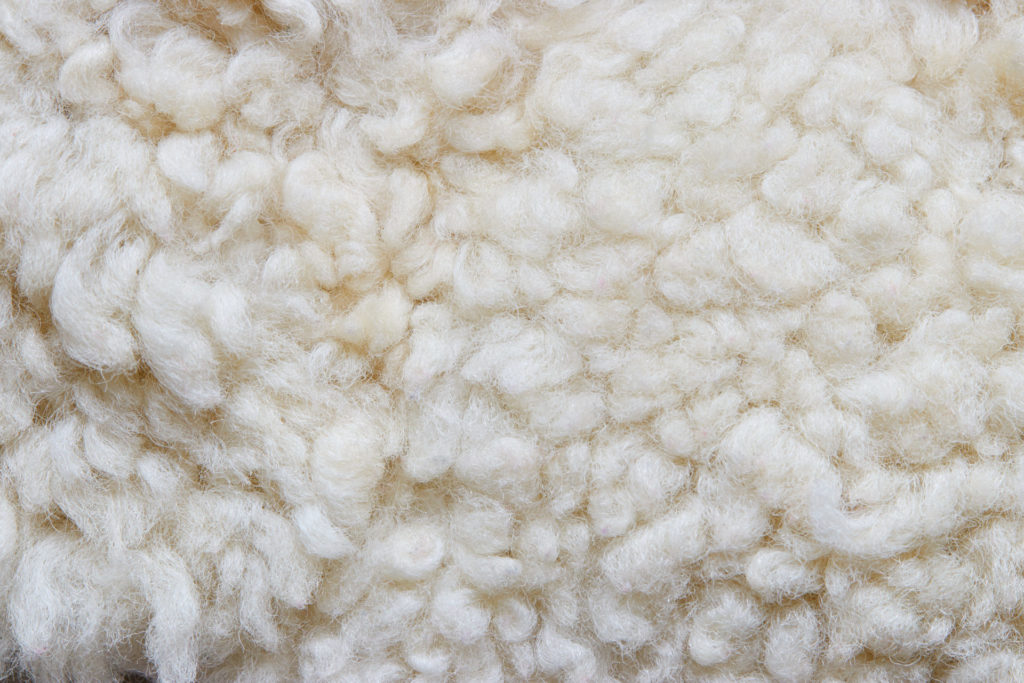Uniform Cloth: Which Fabrics Should I Use for My Employee Uniforms?

Introduction
When it comes to creating a professional uniform for your business, there are a lot of factors to consider. Not only do you have to choose the right colors and designs, but you also need to select the best fabric for your uniform. From comfort and breathability to durability and cost, there are many factors to consider when deciding which uniform fabric to use for your employee uniforms.
In this blog post, we’ll be comparing 6 popular fabrics to help you choose the best fabric quality for your employees to wear. We’ll discuss the pros and cons of cotton, poly-cotton, polyester, poly-rayon, poly-wool, and wool fabrics so that you can make an informed decision about which fabric is best for your uniform shirts and other pieces of clothing. Read on to learn more about each fabric and find the perfect option for your employee uniforms.
Who needs employee uniforms?
Businesses and organizations of all sizes, from small family-owned businesses to large corporations, can benefit from employee uniforms. By providing uniforms to employees, businesses can help to create a more unified and recognizable brand image, which can help to ensure customers recognize and remember the business.
Additionally, uniforms can help to ensure that employees are dressed professionally, presenting a polished and professional image to customers. This can give customers a better impression of the business and inspire greater trust and loyalty.
Uniforms can also help to reduce confusion when employees interact with customers. By providing uniforms, businesses can ensure that customers can easily distinguish between employees, providing a better customer experience. Customers can quickly identify and approach the right employee for assistance by having employees stand out in uniforms, which can help to improve customer satisfaction.
Reasons to choose the right fabric
Choosing the right uniform cloth or fabric for employee uniforms is extremely important because fabrics constitute a significant factor in determining an employee’s overall comfort and performance on the job. The right fabrics should be breathable, lightweight, and durable, allowing employees to remain comfortable and productive throughout their shifts. Poorly chosen fabrics can result in itchiness, discomfort, and difficulty performing job tasks.
In addition, fabrics can play a significant role in a uniform’s overall look and feel, affecting a company’s brand image. Choosing the wrong fabrics can lead to an unprofessional and unappealing uniform, negatively impacting the customer experience. Therefore, selecting fabrics that meet comfort and style needs is essential for a successful employee uniform.
Common types of fabrics used in employee uniforms

Cotton
Cotton is a natural fiber derived from the seed pods of the cotton plant. It is one of the oldest known fabrics used in various applications, from clothing to medical supplies. Cotton is lightweight and breathable, making it an ideal material for uniform fabric. Its absorbency also makes it ideal for uniforms, as it can quickly wick away sweat and keep the wearer comfortable throughout the day.
Cotton is also a durable fabric, which makes it an excellent choice for uniforms that need to be regularly laundered. Professions that require employees to be on their feet all day, such as restaurant workers, retail staff, and hotel staff, can benefit the most from using cotton uniforms. Cotton uniforms are comfortable, breathable, and can be easily laundered.
They also tend to look more professional and are long-lasting, which is essential for businesses that require their employees to look their best. Cotton uniforms also tend to be more affordable, which makes them an excellent option for businesses on a budget.

Poly-cotton
Poly-cotton is a blended fabric composed of polyester and cotton fibers. This fabric is often used in employee uniforms because it provides a balance of comfort and durability that is suitable for many professions. Poly-cotton is lightweight and breathable, yet it is also resistant to wrinkles and fading, which makes it ideal for uniforms that require frequent washing.
Professions such as hospitality, retail, and healthcare staff can benefit from using poly-cotton uniforms. The fabric’s ability to retain its shape and color makes it suitable for the frequent washing required in these industries. Additionally, its lightweight and breathable qualities make it comfortable enough to wear in various temperatures, and its durability ensures it can withstand the strains of daily wear and tear.

Polyester
Polyester is a synthetic material made from petroleum products used to make fabric. It is lightweight, wrinkle-resistant, and durable. It is also a quick-drying fabric which makes it ideal for uniforms. Polyester uniforms are a practical and economical choice for businesses that require employees to wear uniforms.
They are less expensive than natural fabrics and are more durable, meaning they will stand the test of time. Additionally, they are low maintenance, requiring less ironing and dry cleaning than natural fabrics. Polyester uniforms are an excellent choice for professions that require a lot of physical activity or exposure to the elements.
Professions such as medical personnel, restaurant staff, hospitality workers, and security personnel can benefit from polyester uniforms’ durability and wrinkle resistance. The quick-drying fabric also makes them ideal for professions that require frequent launderings, such as chefs and housekeeping staff. Polyester uniforms are also ideal for professions that require uniforms to be brightly colored, such as airline crews, as the color fades less quickly than natural fabrics.

Poly-rayon
Poly-rayon is a blend of synthetic fibers with a high-sheen finish commonly used in the production of uniforms. It is a lightweight, breathable material that is easy to care for and provides a professional look. The fabric is wrinkle-resistant, so it can be worn throughout the day without losing shape. Poly-rayon is also highly durable and can withstand regular wear and tear, making it a superb choice for employee uniforms.
Professions that require a professional appearance and frequent laundering, such as hospitality staff, hotel workers, caterers, and healthcare professionals, can benefit most from using poly-rayon uniforms. The fabric is comfortable for long shifts, easy to clean and maintain, and can help create a more polished and professional look. Additionally, the fabric is affordable and can be purchased in bulk, ideal for businesses that need to outfit large numbers of employees.

Poly wool
Poly wool is made from a blend of polyester and wool fibers. It is a durable and comfortable material that is often used for making uniforms for employees. Poly wool is lightweight, breathable, wrinkle-resistant, and can be dyed to match any color scheme. It is also resistant to stains and odors, making it an ideal choice for uniforms that need to be kept clean and look professional.
Professions that can benefit most from using poly wool uniforms are those that require a lot of movement or require employees to be exposed to extreme temperatures. Poly wool is lightweight and breathable, making it comfortable to wear in any climate. Poly wool can also help keep employees warm in cold temperatures and cool in hot temperatures. It is also a durable material that can withstand the wear and tear of daily use, making it an ideal choice for professions in the food and manufacturing industries.

Wool
Wool is a fabric made from the fleece of sheep or other animals, such as alpacas and goats. Wool is naturally insulating and water-resistant, making it an ideal material for uniform cloth. It’s also highly breathable and resilient, meaning it can hold its shape and last longer than other fabrics.
Wool uniforms are often chosen for durability, comfort, and stylish appearance. Wool uniforms are famous for various professions, including hospitality, healthcare, retail, and transportation. Hospitality workers, such as hotel and restaurant staff, often wear wool uniforms for the comfort and professional look it provides.
Healthcare professionals, such as nurses and doctors, benefit from wool’s anti-bacterial and anti-static properties, which can help reduce the spread of germs. Retail workers can also take advantage of wool’s wrinkle-resistant properties, and transportation professionals, such as pilots and flight attendants, may appreciate wool’s lightweight and breathable qualities.
Comparison of the 6 fabrics
So, now we get to the fun part. Which fabric is best for uniforms? Let’s compare each of the six fabrics to see which one is best for your particular case:
Durability
Cotton is one of the most durable fabrics for employee uniforms. It is solid and resistant to wear and tear. It also resists shrinking and fading.
Poly-cotton, a blend of cotton and polyester, is also very durable and often preferred for employee uniforms due to its resistance to wrinkling and comfort.
Polyester is also durable and resistant to wrinkles, shrinking, and fading. It is also lightweight and breathable, making it an excellent choice for employee uniforms.
Poly-rayon and poly wool are also very durable fabrics and are often chosen for their wrinkle resistance and softness.
Lastly, wool is a durable fabric often chosen for its warmth and breathability. It is also resistant to dirt and stains, making it an excellent choice for employee uniforms.
But which material is the most durable? In our experience, polyester is the winner for this round.
Comfort
Cotton is one of the most comfortable fabrics for employee uniforms. It is a natural fiber, lightweight and breathable, making it ideal for long hours of continuous wear. Cotton is also very absorbent, which makes it great for dealing with sweat and moisture. Cotton is also resistant to shrinking and fading, so employees’ uniforms will look good for longer.
Poly-cotton is more durable and wrinkle-resistant than pure cotton and is slightly more stretchy, making it more comfortable to wear. Poly-cotton is also breathable and moisture-wicking, making it an ideal fabric for employees in and out of the office all day.
Not that the other fabrics are uncomfortable, per see, but cotton and poly-cotton are the clear-cut winners for this round.
Maintenance
Cotton and poly-cotton are the easiest fabrics to maintain for employee uniforms. Cotton is known for its durability, breathability, and ease of care. It can be machine-washed and dried, and wrinkles can be removed with a hot iron.
Poly-cotton is lightweight, durable, and easy to care for. Poly-cotton also resists wrinkles and shrinking, making it an excellent choice for employees who need to look well-pressed.
Polyester, poly-rayon, and poly wool are all synthetic fabrics and require a bit more effort to maintain. These fabrics are not as breathable as cotton and may need to be dry-cleaned. Wool is a natural fabric that is soft, durable, and warm, but it needs to be dry-cleaned regularly and is more prone to wrinkling than some synthetic fabrics.
So, it seems we have another tie in this round; cotton and poly-cotton are the winners again, with polyester coming in at a close second.
Price
Cotton and poly-cotton are typically the least expensive fabrics used for employee uniforms. Cotton is a natural fiber that is strong, durable, breathable, and easy to clean and maintain. Poly-cotton is a blend of cotton and synthetic fibers, making it less expensive than pure cotton but durable and comfortable.
Polyester is also a popular choice for employee uniforms, as it is affordable and wrinkle-resistant. Poly-rayon and poly-wool are more expensive than cotton and polyester, as they are blends of natural and synthetic fibers. Wool is the most expensive option of the fabrics listed, as it is a natural fiber that is more costly and requires more maintenance.
So, in terms of price, for this round, we have a three-way tie: cotton, poly-cotton, and polyester are all the cheapest options for employee uniforms.
What is the best material for employees to wear?
Cotton: Cotton is an excellent fabric for employee uniforms because it is lightweight, breathable, and comfortable. It is also durable and easy to clean, making it an ideal choice for professions that involve physical activity or require frequent washing of uniforms. Additionally, it is a naturally occurring fabric, making it a great eco-friendly choice.
Poly-Cotton: Poly-cotton is a blend of both natural and synthetic fibers, providing a fabric that is lightweight, breathable, and comfortable. It also provides a wrinkle-resistant finish, making it ideal for professions where a neat and professional appearance is required. Additionally, it is easy to care for, making it a great low-maintenance choice for busy professionals.
Wool: Wool is a superb choice for employee uniforms because it is durable, breathable, and wrinkle-resistant. It is also a natural fabric, making it a great eco-friendly choice. Additionally, wool is naturally water-repellent and flame-resistant, making it ideal for professions where safety is a priority. Wool can also be blended with other fabrics to create lightweight and comfortable uniforms.
Conclusion
While there is no one-size-fits-all answer to the question, we hope you found this article helpful and insightful. Fabrics may seem easy to overlook when implementing employee uniforms, but as we said before, the fabric can make or break your uniform. While cotton and poly-cotton are the most popular choices for their low cost, easy maintenance, and durability, they may not be the right choice for your profession.
If you want to level up your business with custom, branded employee uniforms but feel overwhelmed and don’t know where to begin, please get in touch with us as soon as possible because we are experts and will jump through all the hoops for you.
Back To Blog